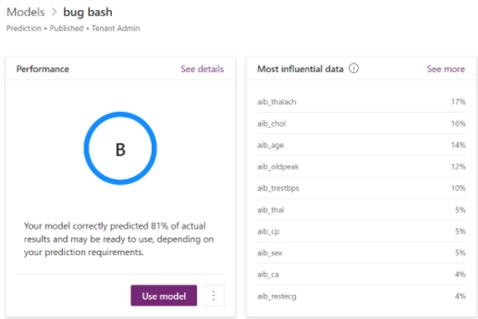We have below 5 types of AI models.
- Form Processing
- Object Detection
- Entity Extraction
- Category Classification
- Prediction
1. Form Processing – This model identifies the structure of our documents based on examples that we provide to extract text from any matching form.
In this example, We have 5 data attributes to collect from the passport such as Passport Number, Date of Birth, Issue Date, Expiry Date, Place of birth. The above image shows how we train the model for form processing.
Use Case: We can train the models to process Invoice, Passport, Driving License, Tax Forms
Recommendation: Microsoft recommends a minimum of 5 documents to train. But better to train the model with more documents. I can say that accuracy is based on how many documents and what type of documents that we trained like jpeg, pdf, and in different resolutions.
2. Object Detection – This model helps to locate, and identify selected objects within any image. We can use this model in PowerApps to extract information from pictures that we take with the camera.
Recommendation: Microsoft recommends 15+ images per object, but 50+ is better. We can tag 2 objects in the same image. Image should be .jpg, .png, .bmp image – up to 6 MB each.
3. Entity Extraction – This model recognizes specific data from text-based on our business needs. This model helps to transform unstructured data into structured data.
Use Case: When we receive an email, the model can extract the information and store it as separate metadata in Sharepoint, DataVerse, or any application.
Documents can’t exceed 5,000 characters. And supported languages are English, Chinese-Simplified, French, German, Portuguese, Italian, and Spanish. We have a few lists of supported entity types.
4. Category Classification – This model classifies the text into categories. We can use it on the canvas app or power automate.
Use Case: Sentiment analysis, Spam detection, and Customer request routing
Recommendations: We require more than 10 text entries for each tag
5. Prediction – Predicts based on the historical data that we provided. This model predicts future outcomes.
Types:
- From two available options (binary)
- From multiple possible outcomes
- Where an answer is a number.








